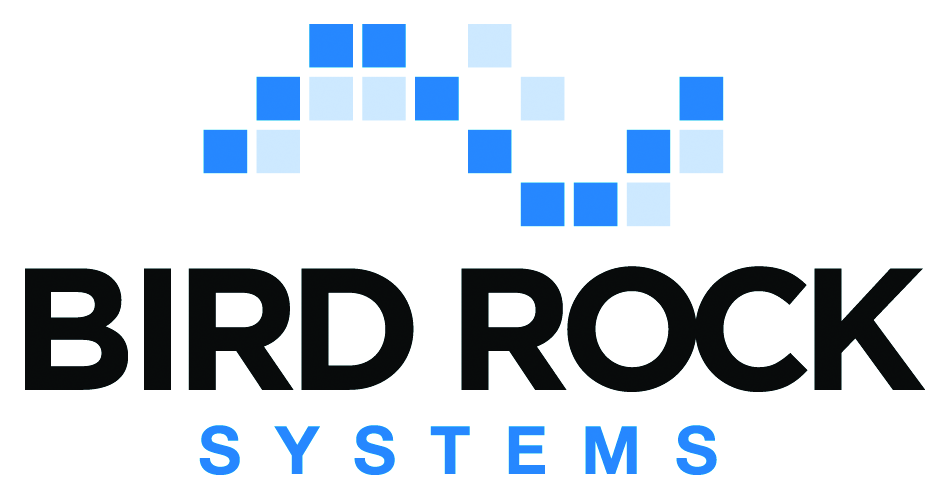Patch Management

Service Overview
In today’s rapidly evolving threat landscape, even the smallest unpatched vulnerability can become an open door for attackers. To maintain a strong security posture and meet compliance obligations, organizations must take a proactive approach to patching across all systems, applications, and devices.
Patch Management is the ongoing process of identifying, testing, and deploying updates that fix security flaws and improve system stability. RSI Security’s Patch Management Services combine automation, expert oversight, and tailored compliance support to help you close security gaps before they can be exploited.
Our team tracks updates from hundreds of vendors, covering hardware, software, and firmware, and delivers verified, ready-to-deploy patches based on your organization’s asset inventory and risk profile. From vulnerability detection and prioritization to documentation and deployment, we ensure every update strengthens your defenses without disrupting operations.
With RSI Security, you’ll gain more than routine patching support, you’ll gain a continuous protection program built around your compliance requirements, operational needs, and long-term resilience.
Strengthen Cyber Resilience
Effective cybersecurity isn’t just about responding to threats, it’s about staying ahead of them. Patch management plays a critical role in that defense, ensuring every system, device, and application remains protected against newly discovered vulnerabilities. By maintaining timely patching cycles, organizations prevent potential exploits before they escalate into costly breaches.
RSI Security’s patch management services deliver proactive protection through continuous monitoring, vendor coordination, and expert implementation support. Our approach helps your team maintain operational uptime while strengthening compliance readiness and reducing overall cyber risk exposure.
Schedule A Consultation
Who Benefits Most from Patch Management Services
Patch management is essential for any organization that relies on secure, up-to-date systems to maintain compliance, minimize vulnerabilities, and protect sensitive data. Whether you’re managing a regulated IT environment or scaling digital operations, RSI Security’s patch management services help you stay current, compliant, and cyber-resilient.
- Defense and Government Contractors. Organizations supporting federal or DoD missions, especially those handling Controlled Unclassified Information (CUI) under NIST SP 800-171, DFARS, or CMMC, benefit from continuous patch validation and documented compliance across all assets.
- Healthcare and Life Sciences. Hospitals, healthcare networks, and medical device providers rely on timely patching to safeguard Protected Health Information (PHI) and maintain HIPAA and HITECH compliance, ensuring patient trust and uninterrupted operations.
- Financial Services and Fintech. Banks, credit unions, and payment processors depend on patch management to mitigate vulnerabilities that could expose financial data or disrupt PCI DSS compliance. Proactive updates protect customer assets and maintain regulatory assurance.
- Energy and Critical Infrastructure. Utilities and energy providers governed by NERC CIP standards require consistent tracking and reporting of security patches. RSI Security helps streamline this process to safeguard critical systems and meet reliability mandates.
- Technology, SaaS, and Cloud Providers. Software developers and service providers must maintain secure, continuously updated platforms. Patch management ensures consistent protection across servers, APIs, and applications, building confidence with clients and investors.
- Small and Mid-Sized Businesses (SMBs). No organization is too small to be targeted. SMBs benefit from outsourced patch management that ensures systems are updated promptly, reducing exposure to known exploits and strengthening overall cyber hygiene.
How to Achieve Patch Management Compliance
Effective patch management ensures that your organization maintains secure, compliant, and fully updated systems across all assets. RSI Security guides your team through a structured, readiness-based approach to help you identify vulnerabilities, streamline updates, and document compliance across key frameworks like PCI DSS, HIPAA, NERC CIP, and NIST SP 800-171.
Asset Discovery and
Gap Assessment

Our experts review your Master Asset List to identify every system, application, and device that requires ongoing patching. We evaluate existing patch management processes against compliance mandates to uncover operational or documentation gaps.
Patch Availability Monitoring

We continuously monitor hundreds of vendor sources for new security patches and updates. RSI Security delivers timely patch availability reports tailored to your environment, ensuring your team never misses a critical update.
..
Testing and Deployment Coordination

Before patches go live, our specialists validate compatibility and stability in test environments. We then support full or phased deployments, minimizing downtime and ensuring seamless integration with your systems.
..
Documentation and Compliance Reporting

Every patch cycle includes complete documentation, covering patch IDs, deployment logs, and system impact summaries, to satisfy audit and compliance requirements for PCI DSS, HIPAA, NERC CIP, and more.
Readiness
Validation

Ahead of compliance audits, RSI Security performs a readiness review to ensure your patch management processes meet all required standards. We verify that all controls, evidence, and procedures are audit-ready.
Continuous
Improvement

Patch management is an ongoing commitment. RSI Security helps your team refine processes, automate updates, and adapt to evolving security requirements, keeping your organization resilient and audit-ready year-round.
How Patch Management Goes Beyond Compliance
Patch management isn’t just a compliance obligation, it’s a cornerstone of proactive cybersecurity. While frameworks like PCI DSS, HIPAA, NERC CIP, and NIST SP 800-171 all require timely patching, the real value lies in how an effective program strengthens resilience across your entire IT ecosystem.
Compliance frameworks define what needs to be protected; patch management ensures those protections stay current and effective. RSI Security’s service goes beyond tracking updates, we help organizations implement, validate, and document patching as a continuous process of security improvement.
Patch management isn’t simply about meeting requirements, it’s about safeguarding uptime, performance, and trust. RSI Security helps you turn compliance maintenance into strategic advantage, ensuring every system update contributes to stronger defense, smoother audits, and lasting operational confidence.
Why Choose Patch Management
Modern cyber threats evolve faster than software updates can roll out, and even the best security tools can’t protect systems that aren’t fully patched. Patch management provides the missing layer of assurance, ensuring every application, operating system, and device remains protected against known vulnerabilities before they can be exploited.
RSI Security’s patch management services combine automation with expert oversight to deliver consistent, compliant, and secure updates across your environment. By continuously tracking vendor advisories, validating updates, and documenting deployment, we help your organization stay ahead of attackers and auditors alike.
Proactive, Not Reactive
Effective patch management transforms your security strategy from firefighting to foresight. RSI Security helps you identify and resolve vulnerabilities on your terms, not an attacker’s timeline, so you can reduce exposure, maintain compliance, and operate with confidence.

Benefits of Patch Management
We guarantee every dollar you spend delivers compliance done right, with clear results, minimal disruption, and maximum business value.

Your Compliance Partner
RSI Security is a trusted leader in cybersecurity and compliance services, helping organizations of all sizes maintain secure, up-to-date systems across their entire IT environment. With over a decade of experience supporting highly regulated industries, we deliver a proven, proactive approach to patch management that strengthens security and simplifies compliance.
Our experts combine deep technical knowledge with regulatory insight across frameworks like PCI DSS, HIPAA, NERC CIP, NIST SP 800-171, and ISO 27001. This unique blend ensures every patching process not only reduces vulnerabilities but also aligns directly with your business objectives and audit requirements.
From asset discovery to deployment validation, RSI Security acts as an extension of your team, tracking updates, coordinating patch rollouts, and providing detailed compliance documentation. Whether you’re managing complex enterprise systems or regulated infrastructure, we tailor our patch management services to your environment, ensuring every update delivers measurable protection and peace of mind.






















